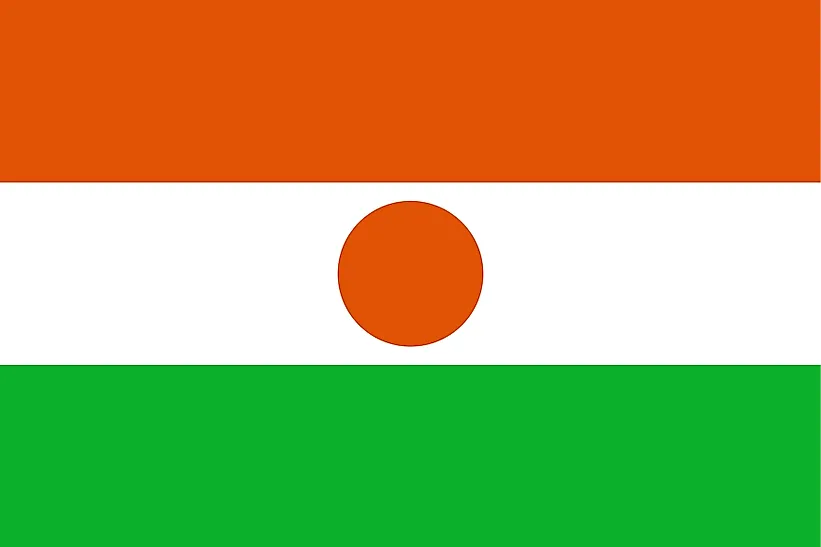
Niger
| Continent | Africa |
| Capital | Niamey |
| Population | 18,638,600 |
| GDP | $20.15 Billion |
| GDP per Capita | $1,100 |
| Dialing Code | +227 |
| ISO Code (2-letter) | NE |
| ISO Code (3-letter) | NER |
Niger Landscapes






About Niger
Welcome to Niger, a nation where Saharan traditions meet Sahelian culture. With approximately 24 million people occupying 1.267 million square kilometers, Niger combines remarkable desert landscapes with rich cultural diversity, standing as West Africa’s largest country.
Geographic Features and Natural Beauty
Niger’s geography encompasses extraordinary diversity, from the Sahara Desert in the north to the Sahel zone in the south. The country features dramatic landscapes including the Aïr Mountains, Ténéré Desert, and the Niger River valley.
The landscape includes towering sand dunes, ancient rock formations, and oases that support life in the desert. The country’s varied topography creates distinct ecological zones, from true desert to savanna.
Protected areas include the Aïr and Ténéré Natural Reserves, a UNESCO World Heritage site, protecting unique desert ecosystems and endangered species. The country’s commitment to environmental protection focuses on combating desertification and preserving traditional landscapes.
Cultural Heritage and Traditions
Nigerien culture represents a rich tapestry of ethnic traditions, including Hausa, Djerma, Tuareg, and Fulani peoples. The country’s heritage includes distinctive architecture, particularly in ancient cities like Agadez, and vibrant cultural practices.
Traditional arts include leather working, metalwork, and distinctive textiles. Music traditions feature various ethnic styles, while traditional ceremonies mark important life events and seasonal changes.
Nigerien cuisine reflects regional diversity, featuring millet-based dishes, grilled meats, and distinctive sauces. The tradition of tea ceremony and community gatherings remains central to social life.
Historical Journey
Niger’s history spans from ancient trans-Saharan trade routes through colonial period to independence. The country’s territory includes important historical trading centers and cultural crossroads.
Significant periods include the Songhai Empire’s influence, French colonization, independence in 1960, and subsequent political developments. The country’s historical role in trans-Saharan trade continues to influence its cultural identity.
Modern Economic Landscape
Today’s Nigerien economy focuses on agriculture, uranium mining, and livestock raising. The country possesses significant mineral resources, particularly uranium.
Recent initiatives focus on rural development, infrastructure improvement, and sustainable resource management. Niger’s strategic location provides opportunities for regional trade and cooperation.
International Relations and Global Position
Niger maintains active participation in regional organizations while addressing security challenges in the Sahel. The country’s role in regional stability and resource management influences its international relationships.
Did You Know?
• The ancient city of Agadez, with its distinctive mud-brick architecture, is a UNESCO World Heritage site?
• Niger is home to some of the last wild populations of West African giraffes?
• The country contains some of the world’s largest uranium deposits?
• The Tuareg people maintain ancient traditions of nomadic life in the Sahara?
Conclusion
Niger represents a unique combination of desert heritage and cultural diversity. From its ancient caravan routes to its modern challenges, from its traditional customs to its development aspirations, Niger continues to evolve while preserving its distinctive character. As it addresses challenges including climate change and economic development, Niger remains committed to sustainable growth while maintaining its rich cultural traditions.